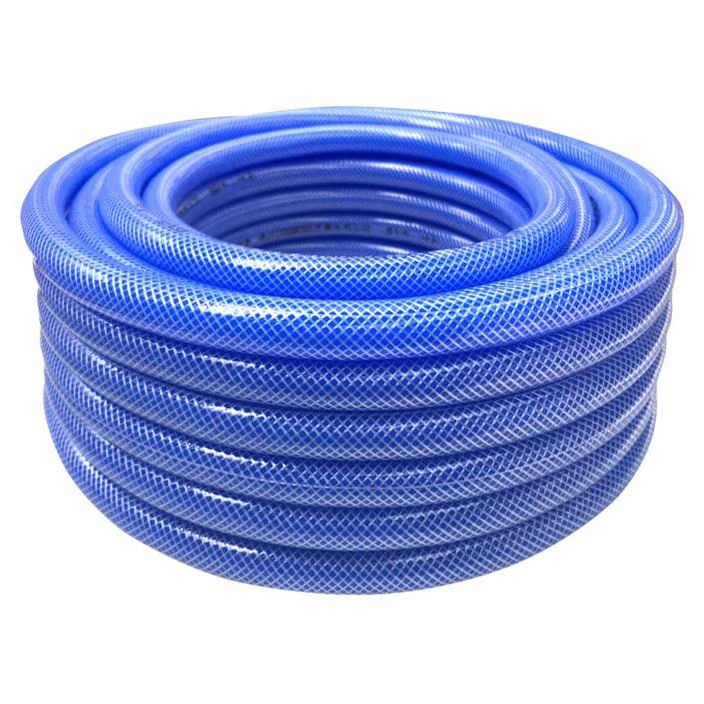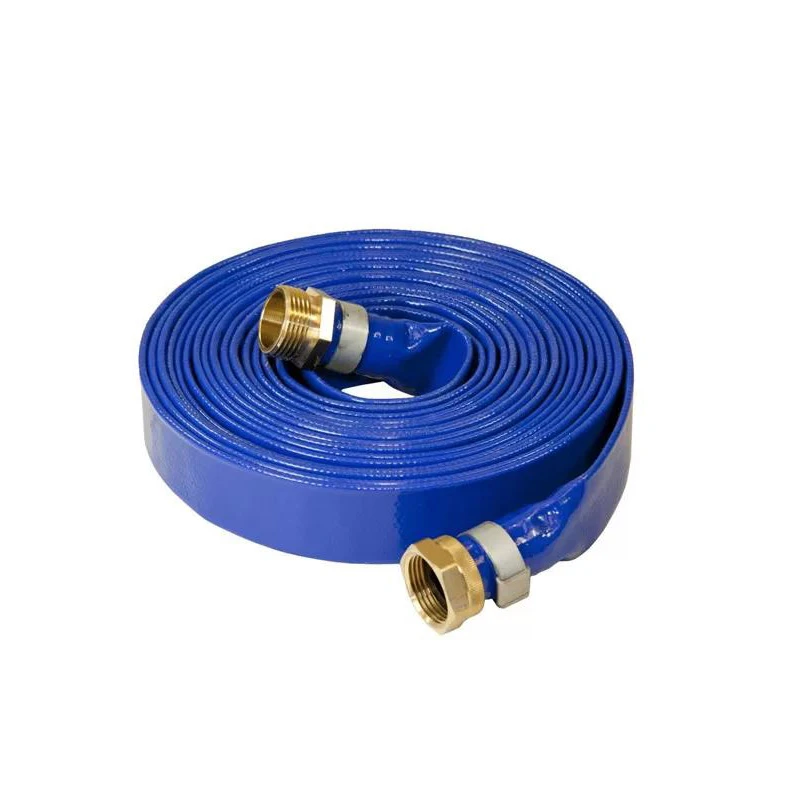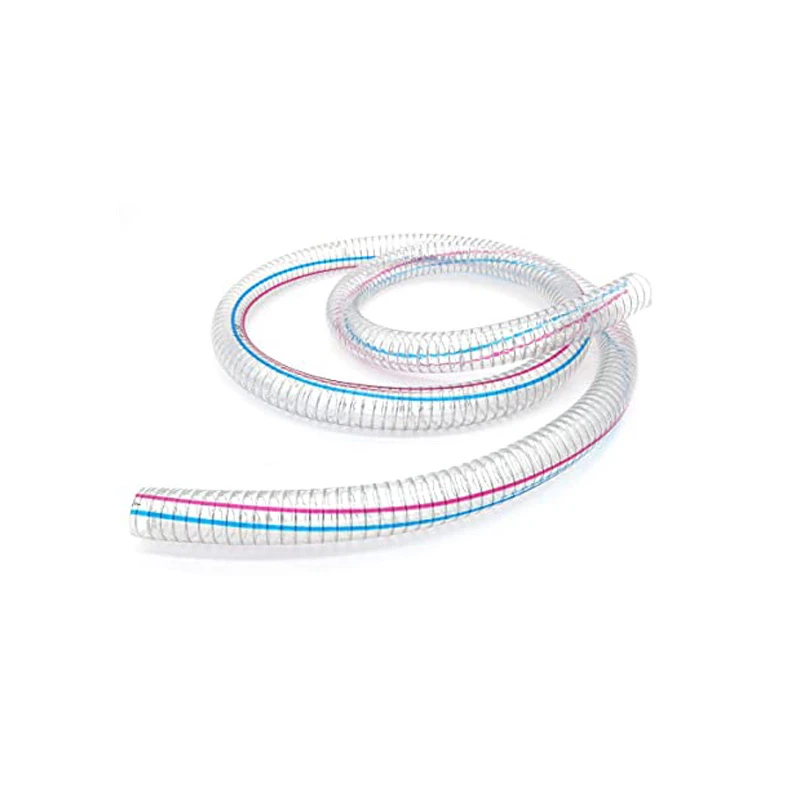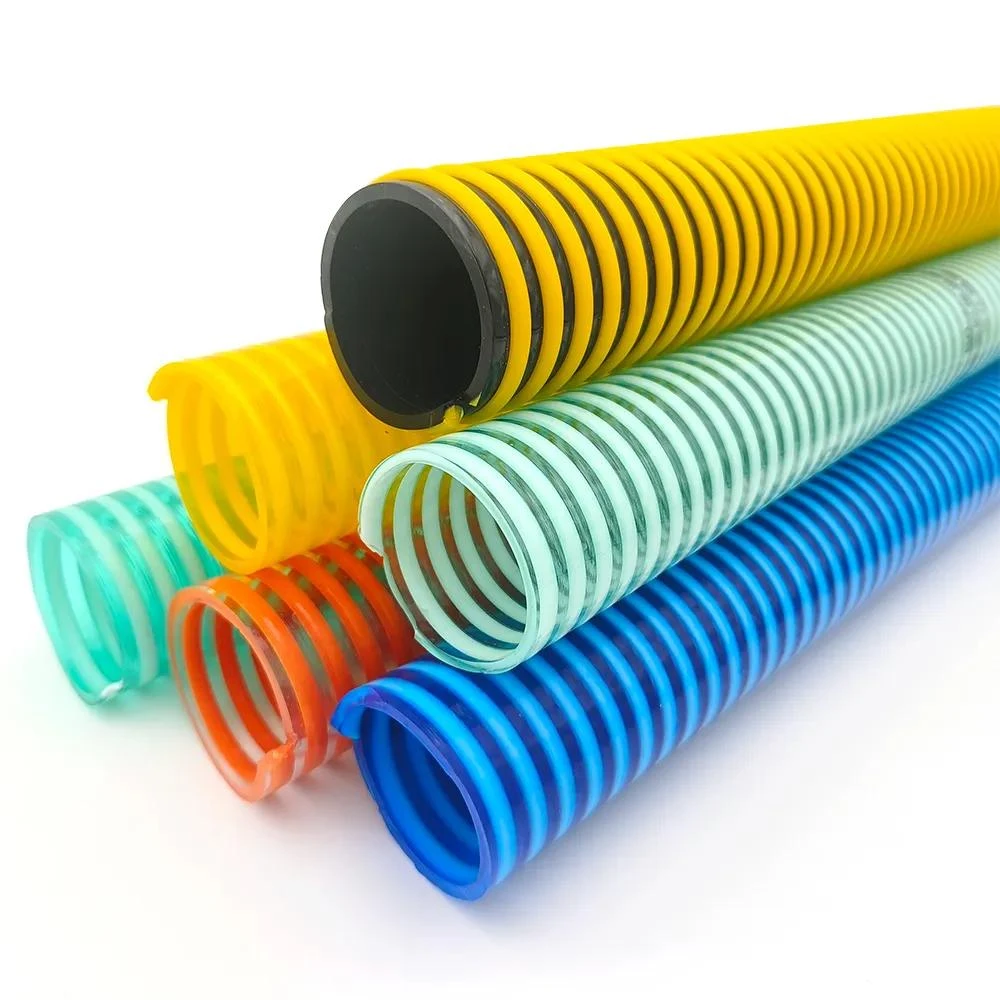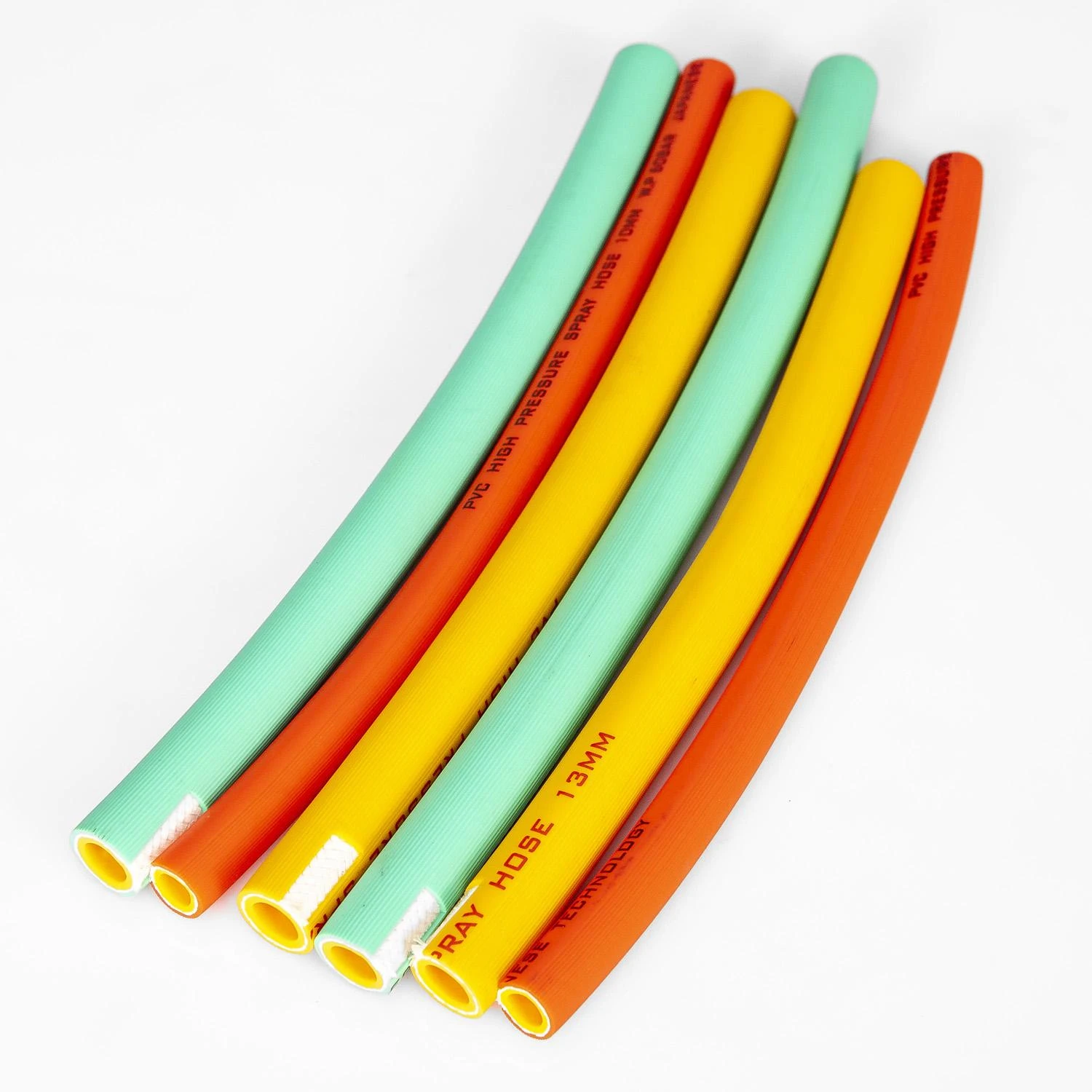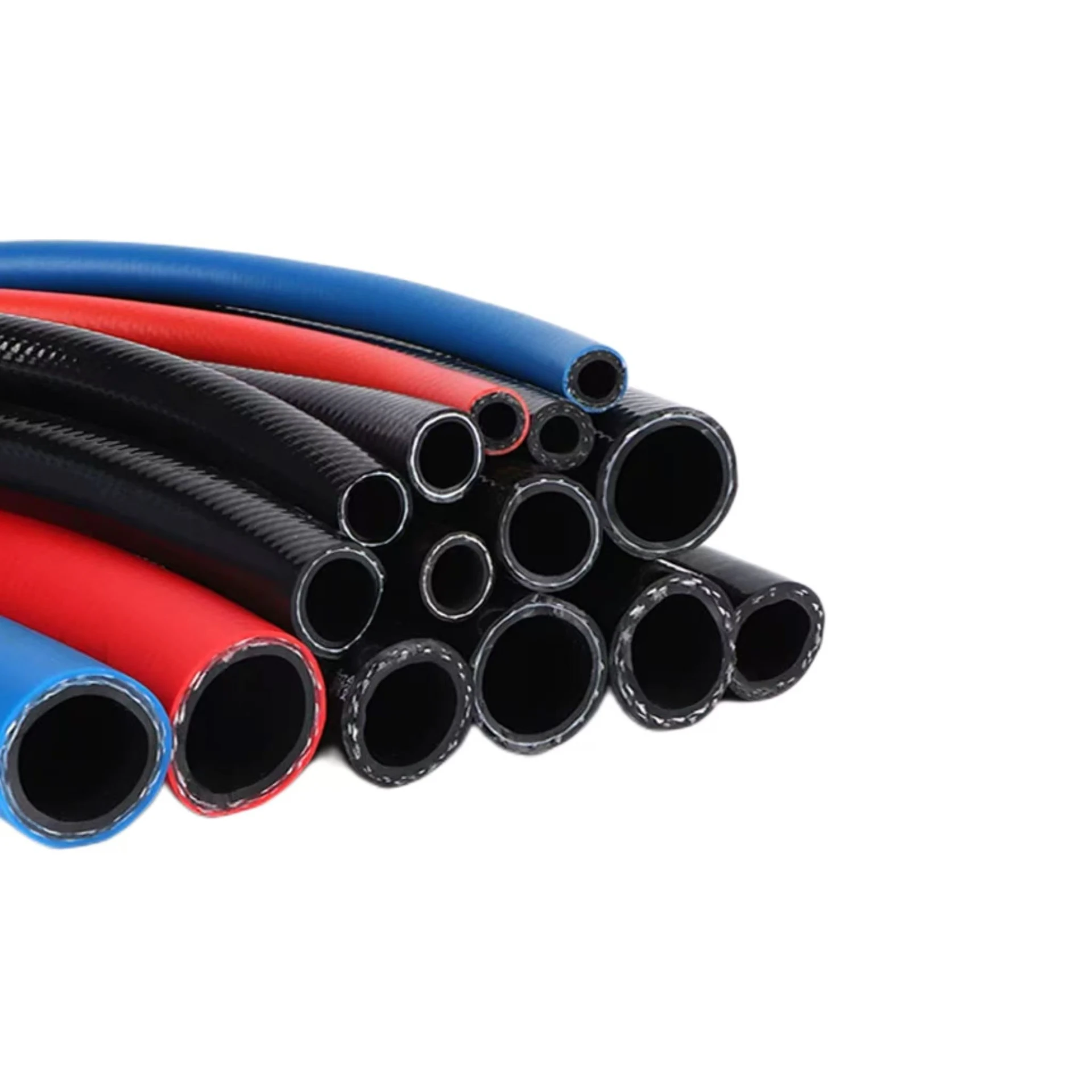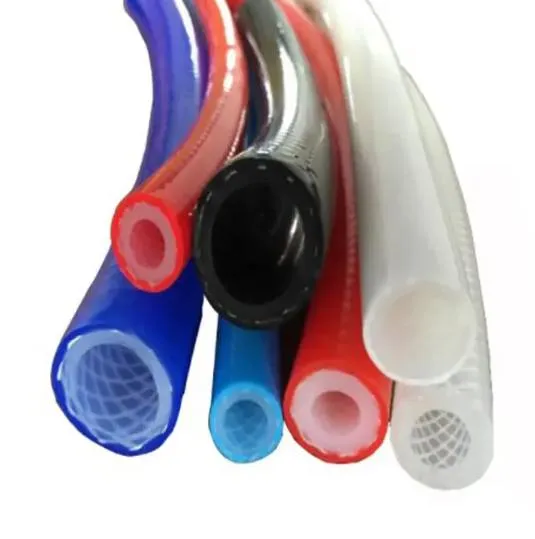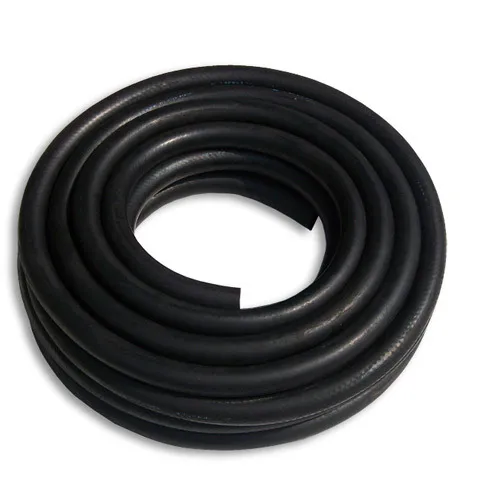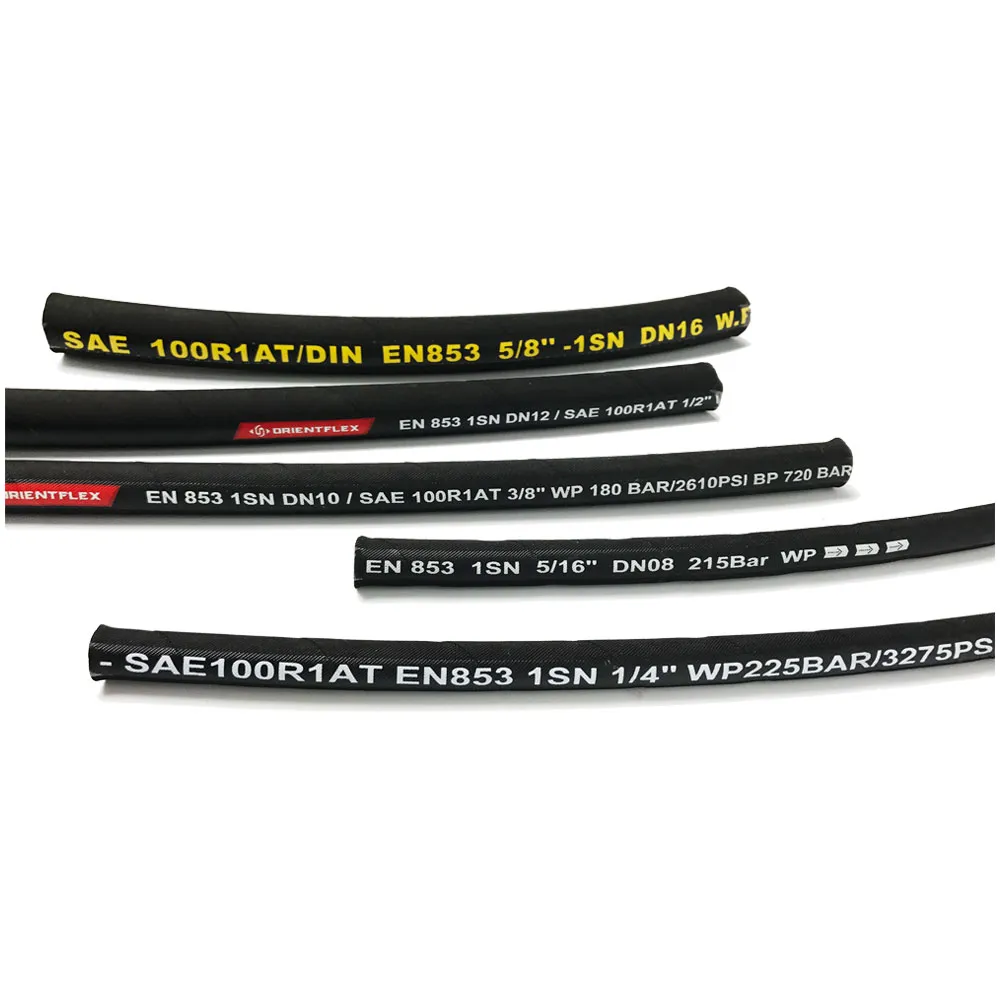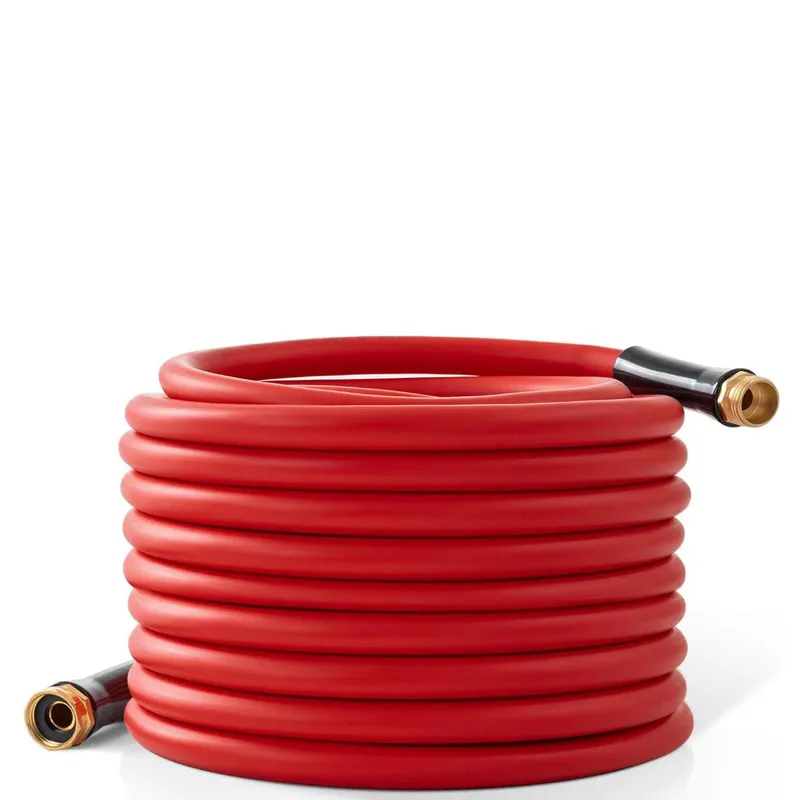Industry Trends and the Evolution of Automotive Fluid Management
The automotive industry is in a constant state of innovation, driven by demands for higher performance, greater fuel efficiency, and reduced emissions. Central to these advancements is the engineering of robust and reliable fluid transfer systems. Traditional rubber hoses, while cost-effective, often present limitations in extreme operating conditions. This has propelled the widespread adoption of advanced materials, with automotive silicone hose emerging as the material of choice for critical applications.
Market analysis indicates a significant shift towards silicone solutions in cooling systems, turbocharger inlets, and exhaust gas recirculation (EGR) lines due to their superior thermal stability and chemical inertness. Projections for the global automotive silicone hose market suggest a Compound Annual Growth Rate (CAGR) of over 6% between 2023 and 2030, driven by the increasing complexity of engine designs and the electrification trend necessitating durable, lightweight components.
This growth is not only in conventional internal combustion engines but also extending into hybrid and electric vehicle battery cooling systems, where reliable high-temperature and electrically insulating properties are paramount. The focus for manufacturers is increasingly on highly engineered silicone turbocharger hoses and bespoke automotive silicone tubing to meet these evolving demands.

Precision Manufacturing: The Process Flow of Automotive Silicone Hoses
The production of a high-quality automotive silicone hose is a meticulously controlled process, combining material science with advanced engineering techniques. Understanding this process is key to appreciating the superior performance characteristics of the final product.
Materials and Initial Preparation:
- High-Grade Silicone Polymers: Typically, Vinyl Methyl Silicone (VMQ) or Fluorosilicone (FVMQ) are used, selected for their exceptional temperature resistance (-50°C to +260°C), UV stability, and chemical inertness. FVMQ offers enhanced oil and fuel resistance.
- Reinforcement Fabrics: Polyester (for standard applications), Aramid (Nomex/Kevlar for high-temperature/high-pressure applications), or Fiberglass are common choices, often woven into multiple plies to enhance burst strength and prevent collapse under vacuum.
- Curing Agents and Pigments: Peroxides or platinum-based catalysts for vulcanization, and heat-stable pigments for color coding.
Manufacturing Process Steps:
- Compounding: Silicone gum, fillers (e.g., fumed silica), processing aids, cross-linking agents, and colorants are thoroughly mixed in an internal mixer or two-roll mill to achieve a homogeneous compound.
- Calendering/Extrusion:
- Calendering (for Multi-Ply Hoses): The compounded silicone is rolled into precise sheets, which are then cut to size for layering.
- Extrusion (for Single-Ply/Liner): For the inner liner, silicone is extruded through a die to form a continuous tube.
- Mandrel Wrapping & Reinforcement:
- A precisely shaped mandrel (aluminum, steel, or plastic) dictates the inner diameter and geometry.
- The inner silicone liner is applied, followed by multiple layers of reinforcement fabric, spirally wound or braided, often impregnated with uncured silicone.
- Subsequent layers of silicone sheeting are then applied over the reinforcement to build up the hose wall.
- Vulcanization (Curing): The assembled hose on the mandrel is placed in a high-temperature oven or autoclave. This heat activates the cross-linking agents, transforming the soft silicone compound into a durable, elastic, thermoset material. The temperature and duration are crucial for achieving optimal mechanical properties.
- Demoulding & Finishing: Once cured and cooled, the hose is carefully removed from the mandrel. Excess material is trimmed, and the ends are cleaned and finished.
- Quality Control & Testing: Each batch undergoes rigorous testing.
Testing Standards & Service Life:
Compliance with industry standards is non-negotiable for silicone hose manufacturing. Key standards include:
- ISO 9001: Quality management system certification.
- SAE J20: Standard for automotive radiator hose, defining dimensional, physical, and performance requirements.
- ASTM D2000: Specifies properties of rubber products in automotive applications.
- Burst Pressure Testing: Hoses are tested to confirm they exceed specified burst pressures (e.g., often 3-5 times the working pressure).
- Vacuum Collapse Testing: Ensures structural integrity under negative pressure.
- Heat Aging & Ozone Resistance: Simulates environmental exposure to predict long-term durability.
A well-manufactured automotive silicone hose can have a service life significantly longer than traditional rubber hoses, often exceeding 10 years in typical automotive applications, contributing to lower total cost of ownership through reduced maintenance and replacement frequency.

Technical Specifications and Performance Parameters
The superior performance of automotive silicone hose stems directly from its meticulously engineered technical specifications. Understanding these parameters is critical for selecting the right hose for specific automotive fluid transfer challenges.
Key Performance Characteristics:
- Operating Temperature Range: Standard silicone hoses typically withstand temperatures from -50°C to +180°C (350°F). High-performance variants, often with fluorosilicone liners or specialized additives, can extend this range to +260°C (500°F).
- Pressure Rating: Burst pressures can range from 200 PSI to over 600 PSI, depending on the wall thickness, reinforcement layers, and diameter. Working pressures are typically 1/3 to 1/5 of the burst pressure.
- Hardness (Shore A): Ranges from 50 to 80 Shore A, affecting flexibility and compression set. A lower Shore A value indicates greater flexibility.
- Chemical Resistance: Excellent resistance to water, glycols, ozone, UV radiation, and many mild chemicals. Fluorosilicone variants offer superior resistance to petroleum-based fuels and oils.
- Tensile Strength: Typically 6-10 MPa, ensuring durability under mechanical stress.
- Elongation at Break: Often 300-500%, indicating good flexibility and resistance to tearing.
Typical Automotive Silicone Hose Specifications:
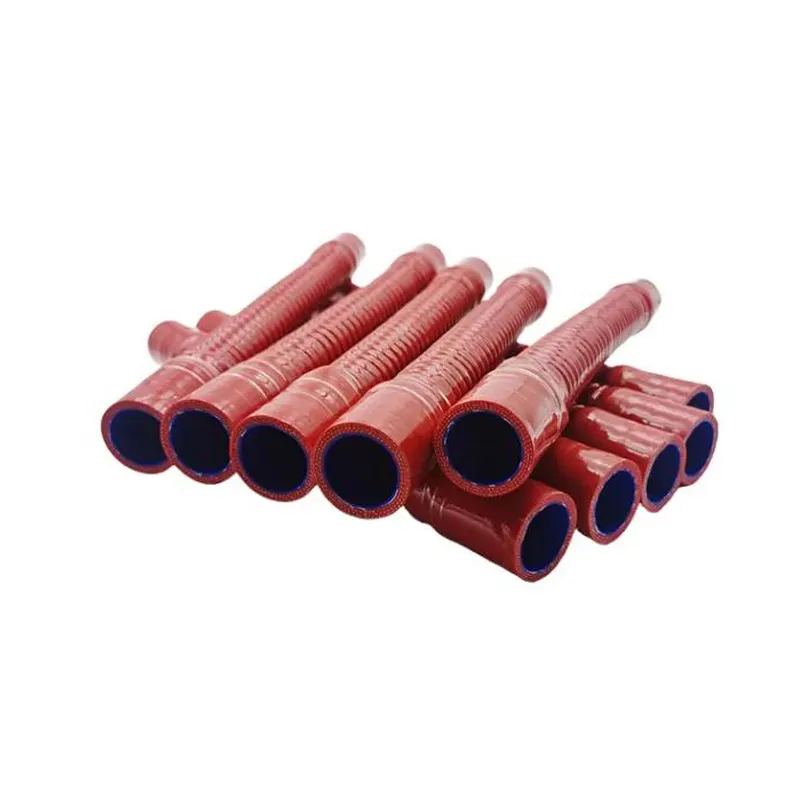
Technical Advantages: Why Silicone Outperforms
The adoption of silicone in automotive applications is driven by its inherent material properties that offer distinct technical advantages over traditional rubber materials. These advantages translate directly into enhanced vehicle performance, reliability, and longevity.
- Extreme Temperature Resistance: Silicone maintains its elasticity and mechanical properties across an exceptionally wide temperature range, from sub-zero conditions (-60°C) to scorching engine bay heat (+260°C). This prevents hardening in cold and softening/cracking in heat, common issues with EPDM or NBR rubber.
- Superior Flexibility & Shape Retention: Even at high temperatures, automotive silicone tubing retains its flexibility, making installation easier and reducing stress on connections. It also exhibits excellent compression set resistance, meaning it returns to its original shape after prolonged compression, maintaining seal integrity.
- Chemical & Environmental Resistance: Silicone is highly resistant to ozone, UV radiation, oxygen, and moisture, which are major degradation factors for organic rubbers. This significantly extends its service life, preventing common issues like cracking and perishing. While standard silicone has limited fuel/oil resistance, fluorosilicone (FVMQ) variants provide robust protection against petroleum products.
- Durability & Longevity: Due to its inherent stability and resistance to environmental degradation, silicone hoses typically outlast rubber hoses by a factor of 2-5 times, reducing maintenance costs and vehicle downtime.
- Vibration & Noise Dampening: The elastic nature of silicone helps absorb engine vibrations, reducing noise transmission and mechanical stress on connected components.
- Non-Toxic & Odorless: Silicone is chemically inert and does not leach harmful substances, making it safer for manufacturing and use in various applications, though direct food contact is not a primary concern for automotive parts.
Application Scenarios and Industry Case Studies
The versatile properties of automotive silicone hose make it indispensable across a multitude of critical automotive systems, particularly where extreme conditions or prolonged reliability are required. Its deployment ensures optimal performance and extends the lifespan of components.
Key Application Areas:
- Turbocharger and Supercharger Systems: Silicone turbocharger hoses are essential for connecting the turbo/supercharger to the intercooler and engine intake. They must withstand high temperatures (from compressed air) and high boost pressures without collapsing or delaminating.
- Cooling Systems: Radiator hoses, heater hoses, and expansion tank hoses benefit from silicone's resistance to engine coolant chemicals and wide temperature fluctuations. This reduces the risk of leaks and bursts.
- Exhaust Gas Recirculation (EGR) Systems: EGR pipes operate under extremely high temperatures and are exposed to corrosive exhaust gases. Silicone's thermal stability is crucial here to prevent degradation.
- Air Intake Systems: Used for air filters, mass airflow sensors, and throttle body connections, providing flexible and durable conduits for clean air, even under engine vibration.
- Electric and Hybrid Vehicles: Silicone hoses are increasingly used in battery thermal management systems for cooling circuits, where electrical insulation, chemical resistance to dielectric fluids, and flexibility are critical.
Application Case Study: High-Performance Racing Engine
A leading motorsports team encountered recurring failures with EPDM rubber hoses in their turbocharged racing engine's cooling and boost pressure lines. The extreme heat generated by the high-revving engine and elevated boost pressures (up to 2.5 bar) caused the rubber hoses to harden, crack, and eventually burst, leading to costly engine damage and race retirements.
Solution: The team transitioned to custom-designed, multi-ply Aramid-reinforced silicone turbocharger hoses and cooling system hoses. These bespoke hoses were engineered to precise lengths and angles, ensuring a perfect fit and eliminating stress points.
Results: After adopting the silicone solutions, the team reported zero hose-related failures over two full racing seasons. The enhanced thermal stability allowed the engine to operate efficiently at peak temperatures, and the superior burst strength of the silicone hoses reliably contained extreme boost pressures. This translated directly into improved reliability, reduced maintenance costs, and ultimately, better on-track performance and a significant competitive advantage. The longer service life also meant fewer replacements, further validating the investment in premium silicone components.

Customized Solutions and Vendor Comparison
While standard automotive silicone hose products cater to a broad range of needs, many specialized automotive applications, particularly in performance, heavy-duty, or niche vehicle manufacturing, require bespoke solutions. Customization allows for optimal fit, specific performance characteristics, and seamless integration into complex engine bay architectures.
Customization Capabilities:
- Tailored Dimensions: Exact inner and outer diameters, lengths, and bends to match specific routing requirements, minimizing friction and optimizing flow.
- Material Compounds: Custom formulations for enhanced resistance to specific chemicals (e.g., fuel, oil, acids), extreme temperatures, or electrical conductivity/insulation.
- Reinforcement Customization: Varying ply counts, material types (Polyester, Aramid, Fiberglass), and wall thicknesses to achieve desired burst pressure, vacuum resistance, and flexibility.
- Color Matching & Branding: Specific color choices for aesthetic or functional coding, and integration of company logos or part numbers.
- Integrated Components: Ability to incorporate sensors, fittings, or specialized connectors directly into the hose design.
Vendor Comparison: Factors for B2B Decision Makers
Selecting the right manufacturer for automotive silicone hose products is a strategic decision that impacts product quality, supply chain reliability, and overall project success. Key differentiators beyond price include:

Ensuring Trustworthiness: FAQ, Lead Times, Warranty, and Support
In B2B partnerships, trustworthiness is paramount. A reliable supplier provides not only high-quality products like automotive silicone tubing but also transparent information and robust support systems. Our commitment to client satisfaction is reflected in our comprehensive approach to service.
Frequently Asked Questions (FAQ):
- Q: What is the typical lead time for custom automotive silicone hose orders?
- A: For custom designs, prototyping typically takes 2-4 weeks after design confirmation. Production lead times for approved designs generally range from 4-8 weeks, depending on complexity and order volume. Expedited options are available upon request.
- Q: Are your silicone hoses compliant with automotive industry standards?
- A: Absolutely. Our manufacturing facilities are ISO 9001 and IATF 16949 certified. Our products consistently meet or exceed SAE J20 and ASTM D2000 specifications for automotive fluid transfer applications.
- Q: What is your warranty policy?
- A: We offer a standard 12-month warranty against manufacturing defects from the date of purchase. Specific warranty terms for specialized products or long-term contracts can be negotiated.
- Q: Can you assist with design and engineering for new applications?
- A: Yes, our experienced engineering team provides comprehensive design support, including material selection, CAD modeling, and performance validation, to ensure optimal product fit and function for your unique requirements.
Lead Time and Fulfillment:
We prioritize efficient order fulfillment while maintaining stringent quality control. Our sophisticated production planning systems allow us to provide accurate lead time estimates and flexible delivery schedules tailored to your project timelines. For recurring orders, we can implement Kanban or VMI (Vendor Managed Inventory) systems to ensure a steady supply and minimize your inventory holding costs.
Warranty Commitments:
Our warranty underscores our confidence in the quality and durability of our automotive silicone hose products. Should any manufacturing defect arise within the warranty period, we are committed to prompt repair, replacement, or credit, ensuring minimal disruption to your operations.
Customer Support and After-Sales Service:
Our dedicated customer support team and technical experts are available to assist with product selection, installation guidance, troubleshooting, and any post-purchase inquiries. We aim to build long-term relationships through responsive communication and expert advice, ensuring your complete satisfaction throughout the product lifecycle.

References
- Society of Automotive Engineers (SAE) International, "SAE J20: Standard for Automotive Radiator Hose".
- American Society for Testing and Materials (ASTM) International, "ASTM D2000: Standard Classification System for Rubber Products in Automotive Applications".
- International Organization for Standardization (ISO), "ISO 9001: Quality management systems – Requirements" and "ISO/TS 16949: Quality management systems – Particular requirements for the application of ISO 9001 for automotive production and relevant service parts organizations".
- "The Silicone Market: Trends, Forecasts, and Competitive Analysis." Industry market research reports.
- "Silicone Elastomers Handbook." Academic publication on polymer science and engineering.
Z-Smartflex delivers superior-quality industrial hoses and fittings with global reliability, offering you durable solutions and exceptional service for all your fluid transfer needs.





